By the Numbers

New listings also lost their momentum during the week, lowering hopes that the limited supply of homes on the market would be replenished soon.
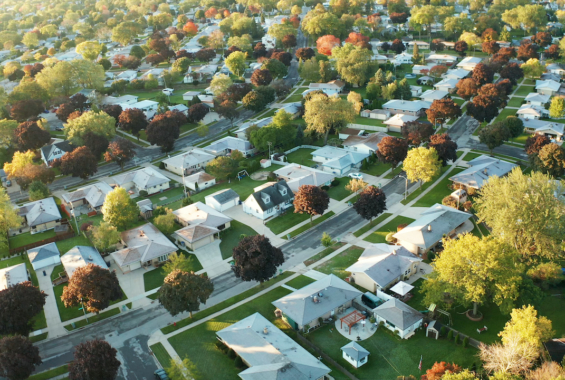
The seasonally adjusted estimate of new houses for sale at the end of May was 330,000, representing a supply of 5.1 months at the current sales rate, the U.S. Census Bureau and the Department of Housing and Urban Development reported.
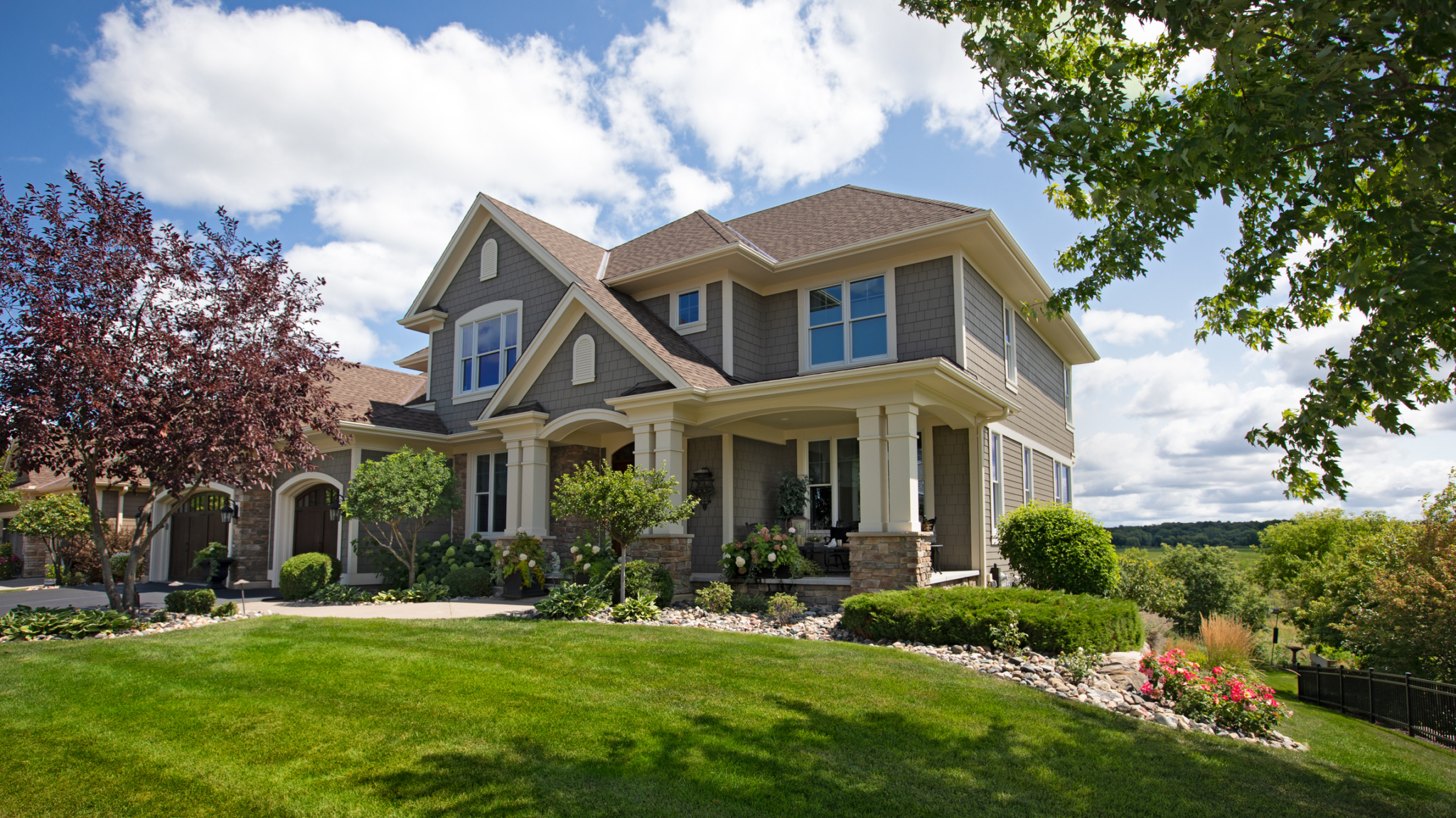
The median existing-home price for all housing types rose to $350,300 in May, marking another new record.

On a year-over-year basis, new-home mortgage applications were down 5.9% in May, the Mortgage Bankers Association reported, citing its Builder Application Survey.

Inventory levels rebounded last month, finally showing signs of recovery following a year of historical declines.

HAR’s weekly activity snapshot shows that for the second consecutive week, new listings continued to rise, helping alleviate some of the pressure on dwindling inventory.
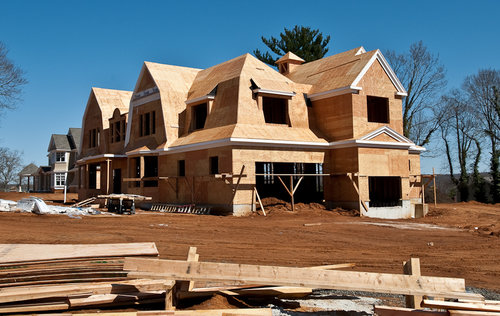
Single-family housing starts were up 4.2% from April and 49.8% from May 2020, at 1,098,000, according to the U.S. Census Bureau and Department of Housing and Urban Development.
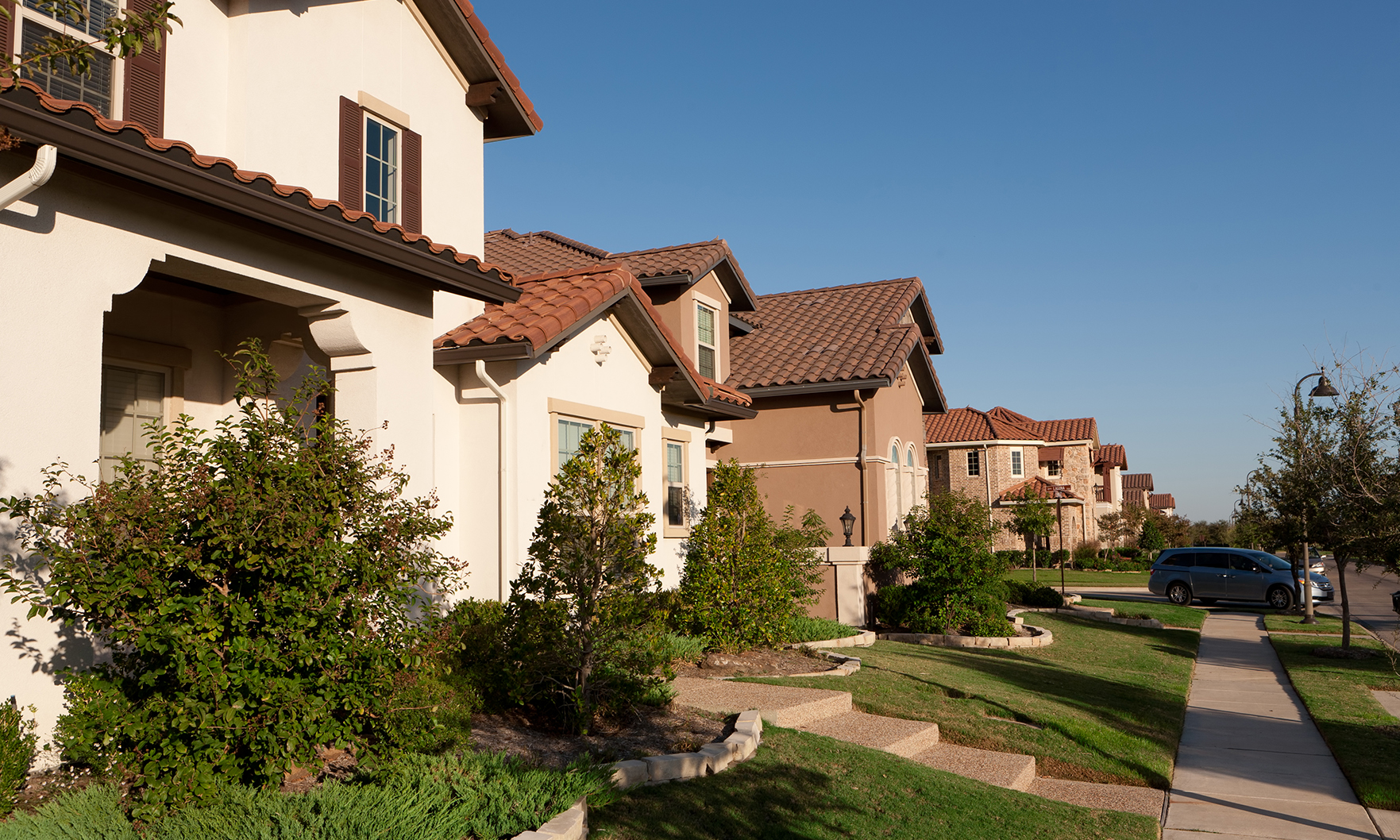
Although pending sales are up 29% from last year, they are starting to slow down, dropping 9.7% from their peak four weeks ago.

Increasing costs and declining availability of key building materials dampened builder sentiment, as higher costs have pushed some new homes beyond the budget of prospective buyers.

Houston’s inventory hits record lows and single-family home prices reach record highs as the city experiences its twelfth consecutive month of positive sales in May.
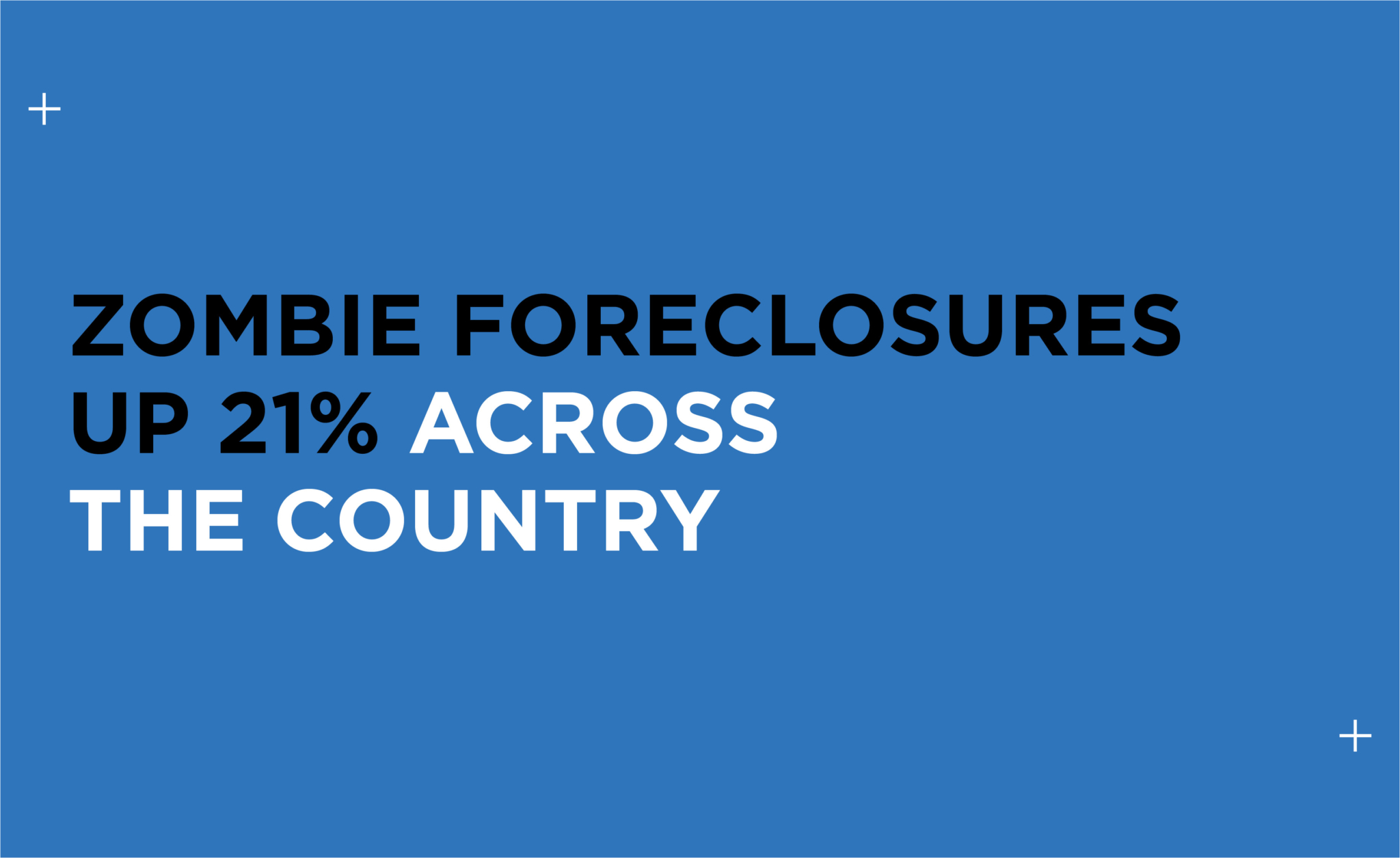
Of the 99 million residential properties in the U.S., approximately 1.4 million (or 1.4%) are vacant this quarter, with “zombie” home rates increasing both quarterly (21%) and annually (5.6%).

Special questions added to the National Association of Home Builders’ monthly builder survey found 90% or more of respondents had experienced shortages of plywood, oriented strand board, framing lumber and appliances, with most other materials also hard to come by.
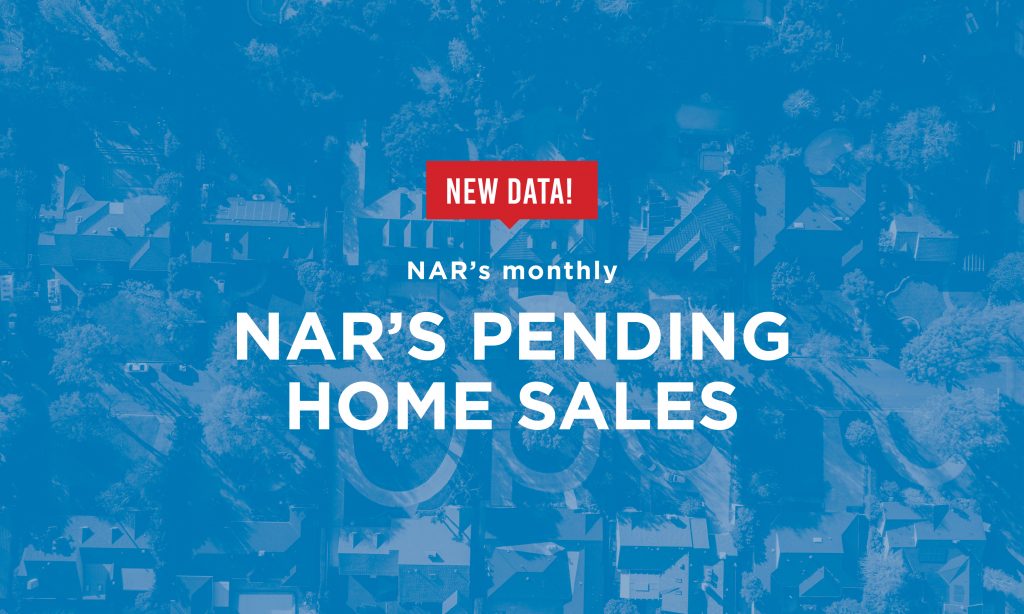
Year over year, however, pending home sales were up 57.1%, the NAR said, citing its monthly Pending Home Sales Index.

New, pending and off-market listings are all down, while the number of closings climbs as Houston’s housing market continues to struggle to keep up with demand.

“Demand is robust throughout the country, but homebuyers continue to be held back by the lack of homes for sale and rapidly increasing home prices.” — MBA Associate Vice President of Economic and Industry Forecasting Joel Kan
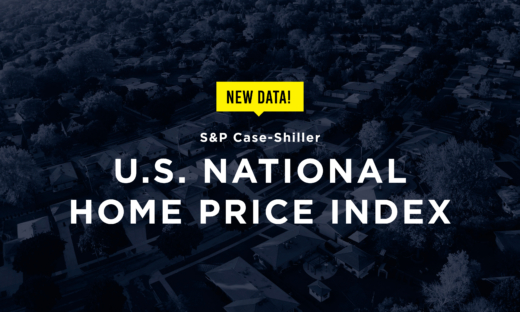
The national year-over-year gain is the highest recorded since December 2005, Craig Lazzara, managing director and global head of index investment strategy at S&P Dow Jones Indexes, said in a press release.
